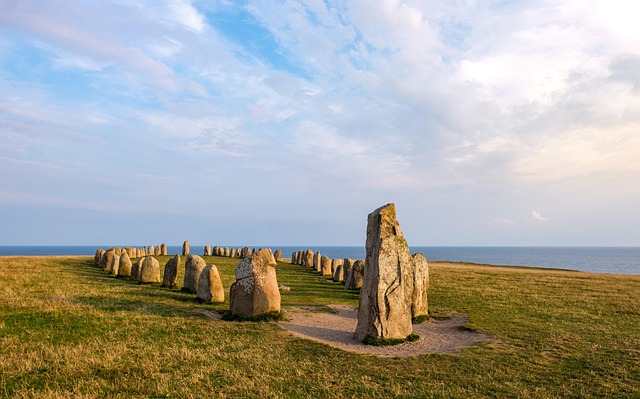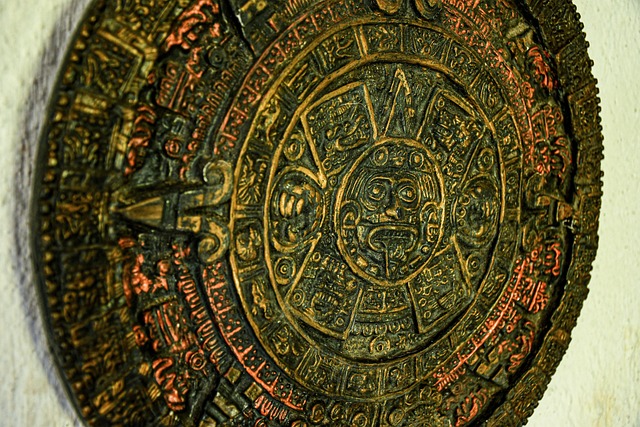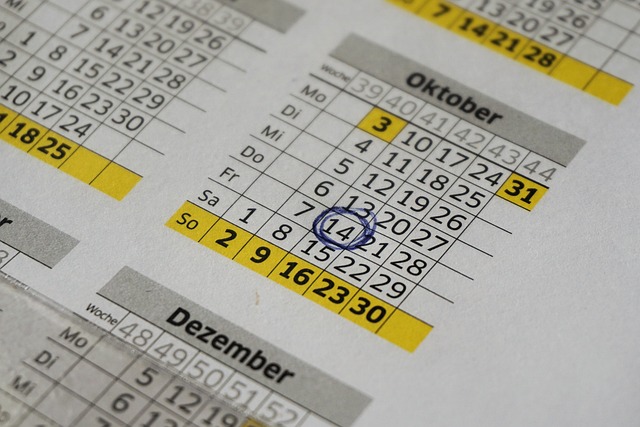The Hijri Calendar, a lunar-based system used in Islam, is vital for organizing religious events and has significantly influenced Islamic art and architecture. Its 12-month cycle aligned to moon phases diverges from the Gregorian solar year. The calendar's origin traces back to Prophet Muhammad's Hijra (622 CE) and its global adoption highlights its importance in marking Muslim communities' annual events, such as Ramadan. Understanding the Hijri Calendar deepens appreciation for traditional art and offers inspiration for modern design.
“Delve into the intricate world of Islamic art and architecture, where the Hijri Calendar plays a pivotal role. This ancient timekeeping system, based on lunar cycles, has significantly influenced creative expressions across cultures. From elegant calligraphy to grand architectural structures, the Hijri dates add a layer of historical depth and spiritual significance. Explore how this calendar integrates seamlessly into artistic motifs, offering a unique perspective on time and space in Islamic design.”
- Understanding the Hijri Calendar: Islamic Timekeeping System
- Integrating Hijri Dates into Islamic Artistic Expressions
- Architectural Masterpieces: The Impact of Hijri Dates
Understanding the Hijri Calendar: Islamic Timekeeping System

The Hijri Calendar, also known as the Islamic calendar, is a lunar-based timekeeping system that holds immense significance in Islamic art and architecture. Unlike the Gregorian calendar used globally, the Hijri Calendar follows a 12-month cycle based on the moon’s phases, making it approximately 10 to 12 days shorter than the solar year. This unique characteristic ensures that Islamic festivals and holidays are precisely marked according to the lunar cycles, fostering a deep connection with nature and spiritual practices within the Islamic tradition.
Understanding the Hijri Calendar is crucial for appreciating its role in Islamic art and architecture. How is the Hijri Calendar calculated? It begins with the migration (Hijra) of Prophet Muhammad from Mecca to Medina in 622 CE, marking the first year of the calendar. This historical event serves as the basis for dating in Islam, providing a spiritual framework that connects Muslims worldwide. The global adoption of Hijri systems further underscores its importance, with many Muslim communities using it to plan their annual observances, including finding us at Ramadan timing using the Hijri calendar.
Integrating Hijri Dates into Islamic Artistic Expressions

In Islamic art and architecture, Hijri dates hold significant importance as they are deeply intertwined with the religious and cultural heritage of the faith. The Hijri Calendar, based on lunar cycles, is not merely a tool for marking time but serves as an inspiration for intricate artistic expressions. Unlike the solar calendar, which follows the Earth’s rotation around the sun, the Hijri system tracks months aligned with the moon’s orbit, making it unique in its cyclical nature. This calendric difference has inspired artists and architects to incorporate Hijri dates in a myriad of ways, adding depth and symbolism to their creations.
The integration of Hijri dates in Islamic art often takes the form of elaborate calligraphic scripts, geometric patterns, and intricate mosaics. Artists use specific fonts and styles to render these dates, each with its own historical and cultural significance. Teaching the Hijri system to beginners involves introducing them to this rich tradition, where every date tells a story of important events, birthdates of prophets, or significant milestones in Islamic history. This not only enriches artistic expressions but also fosters a deeper connection to the faith’s heritage. As one explores the difference between solar and lunar calendars, they uncover a world where art and calendaric inspiration merge, leading them to discover calendric inspiration for modern design hidden within the intricate tapestry of Hijri dates.
Architectural Masterpieces: The Impact of Hijri Dates

In Islamic art and architecture, the Hijri dates hold profound significance, shaping the very fabric of creative expressions. The Hijri Calendar, with its lunar-based system, has inspired architects to design structures that reflect the rhythmic flow of time. Each year, month, and day within the Hijri calendar finds its artistic representation in architectural masterpieces across Islamic regions. From ornate mosques to grand palaces, the dates are intricately incorporated into decorative elements, creating a visual narrative that connects the present to the historical past.
For instance, the artistic representations of hijri months can be seen in intricate tile work, calligraphy, and geometric patterns adorning mosque walls and floors. These designs not only serve as aesthetic features but also educate communities about the lunar calendar’s cycles. For those interested in learning more, visiting us at [brand name] offers a beginner’s guide to hijri dates, providing insights into how these ancient dates continue to influence modern practices. The Hijri Calendar, with its profound impact on architecture, serves as a living testament to Islamic cultural heritage and its enduring appeal across generations.
The Hijri Calendar, with its rich historical and cultural significance, has left an indelible mark on Islamic art and architecture. Throughout the ages, the intricate integration of Hijri dates has not only served as a practical timekeeping system but also as a powerful artistic and architectural element. From elegant calligraphy to grand structures, the inclusion of Hijri dates adds a layer of depth and symbolism, reflecting the profound connection between faith, time, and human creativity in Islamic civilization.





Leave a Reply